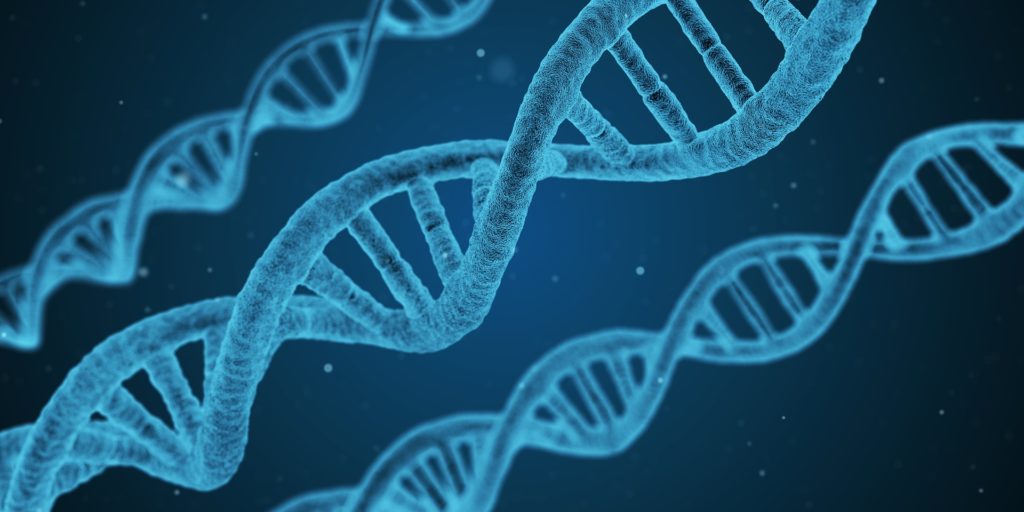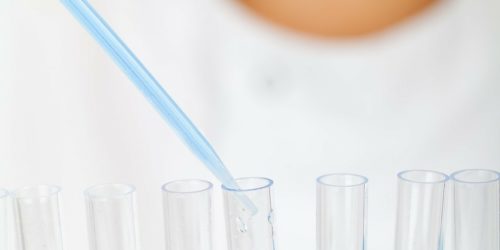Pay attention to this article, since it will bring you to the list of the most interesting and extremely rare genetic disorders. A genetic disorder is a cause of DNA mutation and there are various factors as to why this kind of mutation happens. It is a very interesting topic and now Insider Monkey has published an article about it. As time goes by, our genome can change, and these genetic disorders could be an extra chromosome, a single gene is affected, or multiple genes that are affected. For example, Down’s Syndrome is a result of an extra copy of chromosome 21. The organizations that are dedicated to looking for answers and eventually cures for these genetic disorders are continuing their journey to be able to come up with a solution one by one, for the different cases of genetic disorders.

Now without a further ado let’s see what Insider Monkey has investigated for us. We have picked three most interesting and extremely rare genetic disorders
Harlequin Ichthyosis is a genetic disorder that affects the skin, and a baby can be born with this skin disorder as it can be inherited. The thick, plate-like skin covering the newborn baby will eventually peel off and the skin appears dry and red. Because of this, thorough care must be given to the infant to avoid any infections. This tight skin can deform the face and body where the eyes and lips turn inside out showing the red lining. Difficulty in breathing can also be experienced. The next one is Angelman Syndrome. Dr. Harry Angelman was the man who described Angelman syndrome in 1965, and obviously this genetic disorder was named after him. The symptoms of Angelman syndrome vary on a case-to-case basis. Some may experience seizures while others won’t. This can be apparent around one to four years of age. The last one is Ehlers-Danlos Syndrome, about which I know too much, unfortunately. My best friend’s son has this genetic disorder. The subdivisions of this disorder are arthrochalasia type, cardiac valvular form, classic type, dermatosparaxis type, hypermobility type, kyphoscoliotic type, progeroid form, and vascular type. EDS symptoms depend on what subtype the person has, but they can range from chronic joint pain to fragility of the skin.
For any further useful information, read Insider Monkey’s article about 10 most interesting and extremely rare genetic disorders




